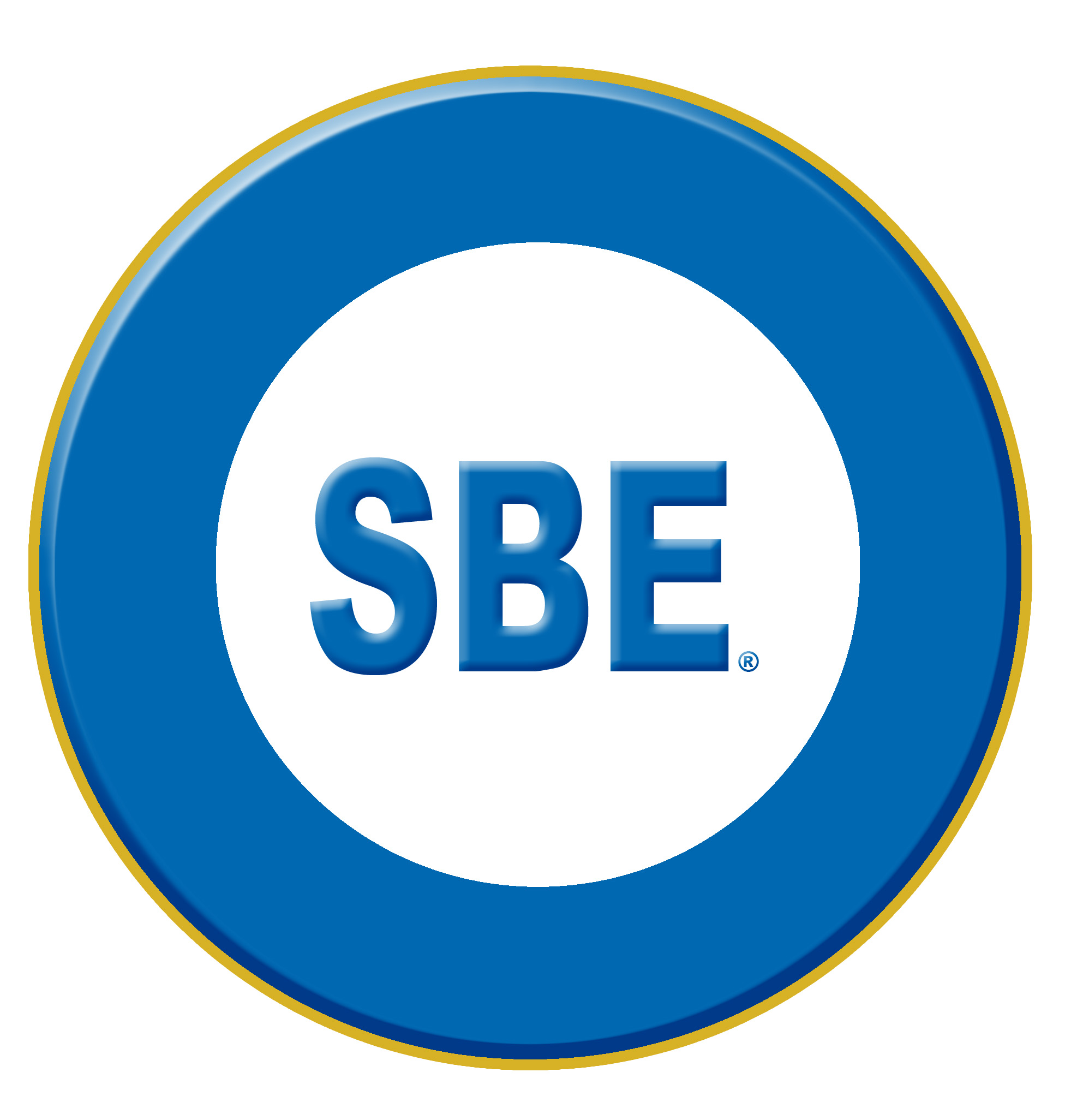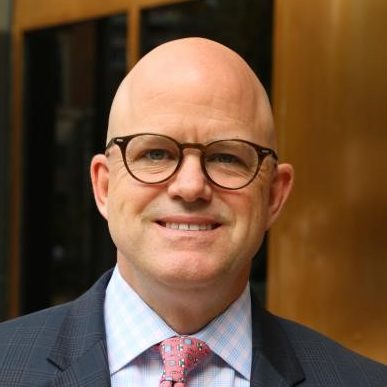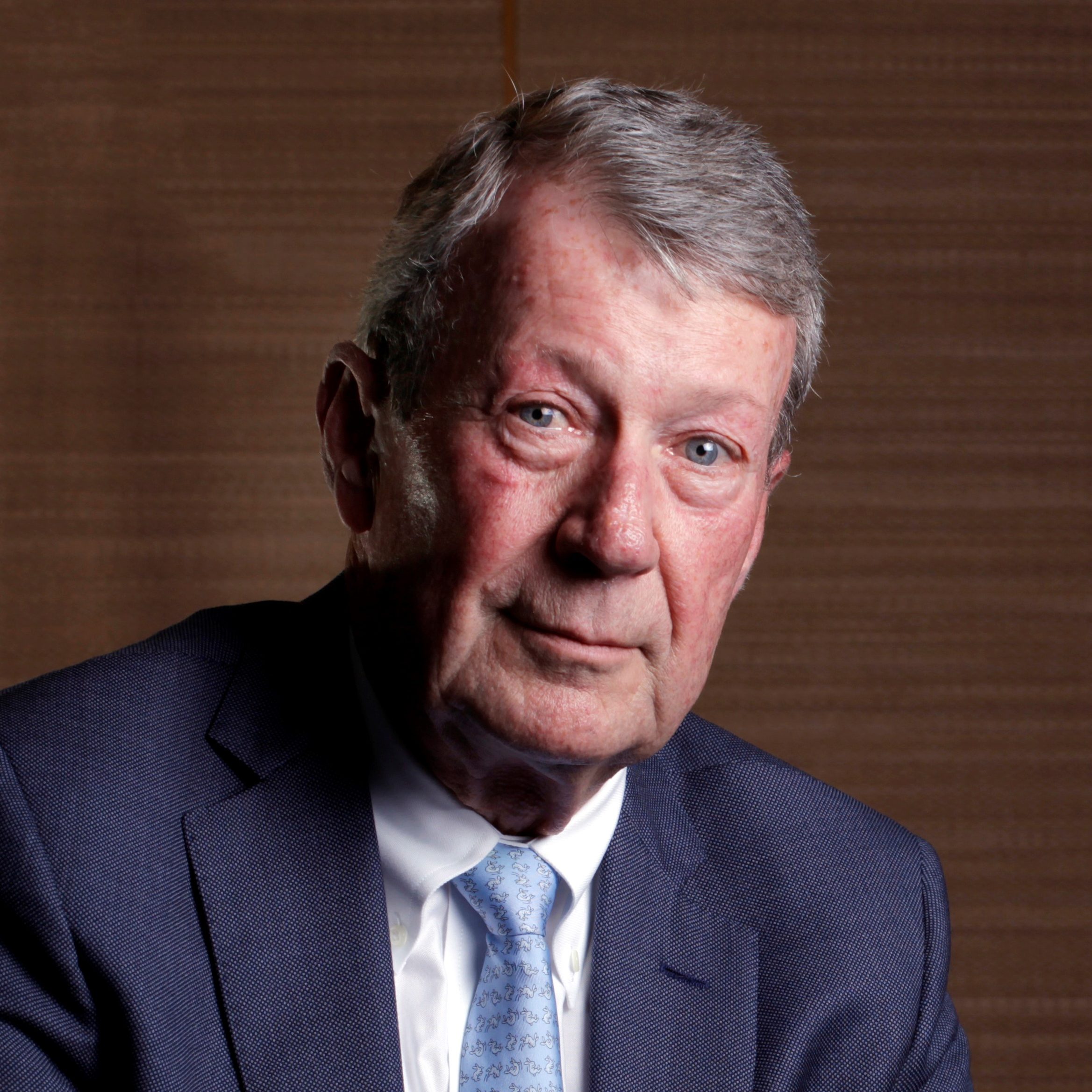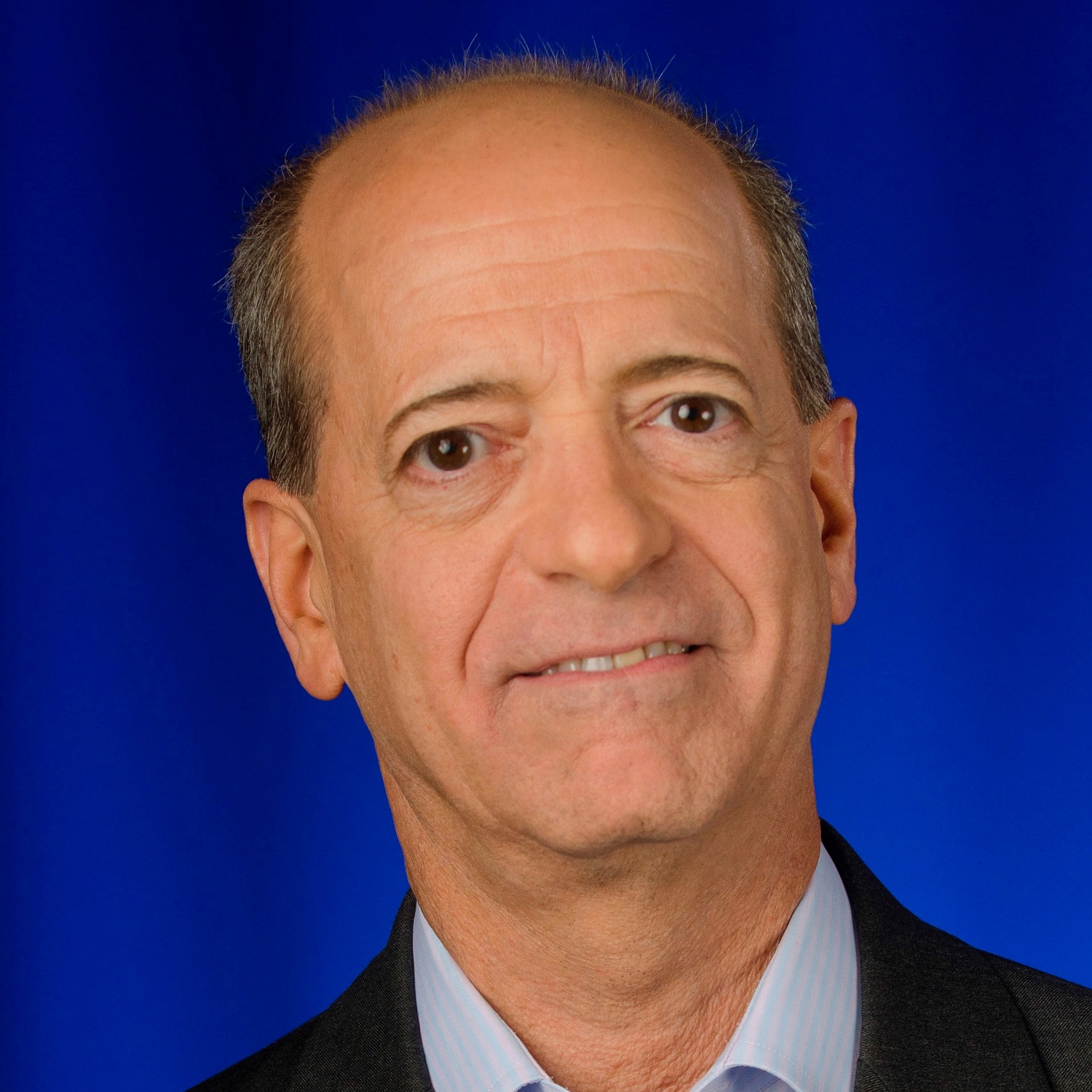Broadcast Engineering & IT Conference
The Broadcast Engineering & IT Conference (BEITC), part of the CONNECT track in the NAB Show Conference, is a renowned program designed for broadcast engineers and technicians, media technology managers, contract engineers, broadcast equipment manufacturers, distributors, engineering consultants and R&D engineers.
Technical presentations consider pressing issues facing today’s media professionals, including the ongoing transition to IT- and IP-based systems and incorporation of artificial intelligence and machine learning.
Emphasis on next-generation systems throughout the media-delivery ecosystem provides the conference with a decidedly forward-looking focus.
See NAB Show Conference rates here.
Full conference details including speakers, session titles, dates, times and descriptions below.
Produced in partnership with
BEIT Details

Ashruf El-Dinary
April 24, 2022
Senior Vice President of Digital Platforms & Radio Engineering Achievement Award Recipient, Xperi Corporation

Marcy Lefkovitz
April 24, 2022
VP, Technology and Workflow Strategy, Disney Media & Entertainment Distribution

Peter Sockett
April 24, 2022
Director of Engineering and Operations & Television Engineering Achievement Award Recipient, Capitol Broadcasting Company
BEIT Conference Opening Session
April 23, 2022 9:15 am
Includes Attendee Welcome, Conference Introduction, BEIT Proceedings Best Paper Award, Keynote speech and more.
SBE Ennes Workshop
April 23, 2022 10:35 am
Content provided by BEIT Conference Education Partner the Society of Broadcast Engineers.
NABA Radio In-car User Experience (UX) Guidelines
April 23, 2022 12:35 pm
Content provided by BEIT Conference Education Partner the North American Broadcasters Association (NABA).
Innovative Methods for Distribution of Television Broadcasts Over MVPDs
April 23, 2022 1:55 pm
Content provided by BEIT Conference Education Partner, Society of Cable Television Engineers.
Real-World Use of AI for Better Video Compression
April 24, 2022 9:15 am
Uncovering new-found techniques that leverage AI-based compression technology to enable optimal video encoding performance and utilize infrastructure in a more operational - and cost-efficient - way.
Artificial Intelligence Applications for Broadcast
April 24, 2022 9:15 am
ATSC 3.0 / Next Gen TV Applications
April 24, 2022 9:15 am
NextGen TV Trends: Lessons Learned from Pioneering and Groundbreaking Application Examples
April 24, 2022 9:15 am
Collection of market trends, challenges, opportunities, and lessons learned during the implementation of groundbreaking pilots and compelling production ready ATSC3 applications.
Green, AI-based Video Compression
April 24, 2022 9:35 am
Paper on how AI can reduce the carbon footprint of live ATSC 3.0 broadcasts and OTT streaming with encoding schemes on top of deployed codecs, while maintaining interoperability with consumer products.
Interactive NextGen Broadcast TV
April 24, 2022 9:35 am
The NextGen Broadcast Application is a robust solution that provides broadcasters with the ability to turn ATSC 3.0 Broadcasts into an interactive experiences that rivals popular OTT services.
A Nextgen TV Future Filled with SFNs
April 24, 2022 9:55 am
We present a Nextgen TV future filled using single frequency networks (SFN). “Filled” meaning increased signal strength as well as increased station revenue and/or mission value through their use.
CLEAR AI for Segmentation
April 24, 2022 9:55 am
CLEAR Vision Cloud's Segmentation helps eliminate playout errors drastically and increases monetization by auto-generating frame-accurate segmentation metadata with close to 100% accuracy.
Exploring the Benefits of ATSC 3.0 Datacasting and Opportunistic Data Insertion (ODI)
April 24, 2022 10:35 am
This paper examines the benefits of the ATSC 3.0 data delivery platform, outlining how broadcasters can best implement a NextGen TV datacasting environment and leverage opportunistic data insertion.
ATSC 3.0 / Next Gen TV Datacasting
April 24, 2022 10:35 am
OTT 1: Emerging Developments
April 24, 2022 10:35 am
Towards Efficient Multi-Codec Streaming
April 24, 2022 10:35 am
One of the biggest challenges in the design of modern era media delivery systems is the need to reach a population of user devices with different codec and stream switching capabilities.
The 99.99% Solution: Four-Nines Reliability from Cloud-Native Television Architectures
April 24, 2022 10:55 am
This presentation discusses the ability of 100% cloud-based architectures to deliver the 99.99% availability – even for live events – required by today’s demanding consumers.
ATSC 3.0 as a Use Case for Public Safety Communications: Development Milestones
April 24, 2022 10:55 am
PBS North Carolina and its partners have made significant progress in demonstrating the use of ATSC 3.0 for emergency communications to First Responders.
Building a Core Network to Seamlessly Connect Data Producers to Data Consumers
April 24, 2022 11:15 am
We detail a configurable, interoperable, and scalable OTA datacasting system to monetize available bandwidth capacity and discuss delivery tracking available in a hybrid transmission environment.
Using Real-Time Data to Drive Engagement and Build Community
April 24, 2022 11:15 am
Considering techniques developed by the video game industry when faced with challenges of audience fragmentation and personalization, and how they can be selectively applied to streaming media.
OTT 2: Open Caching and the Network Edge
April 24, 2022 12:35 pm
Open Caching: An Innovative Way for Content Providers to Serve Customers
April 24, 2022 12:35 pm
The new Open Caching standard moves away from proprietary systems, while still supporting established CDNs, last-mile providers and streaming technologies that bring content closer to the consumer.
Ultra HD Video and UHDTV Broadcasting
April 24, 2022 12:35 pm
HDR Challenges and Solutions
April 24, 2022 12:35 pm
HDR lures, yet challenges, content producers. Content sources and display targets vary widely in luminance capability. Tone mapping solutions offer different degrees of ease and quality.
CDNI Metadata Model Extensions
April 24, 2022 12:55 pm
This talk discusses the Open Caching configuration interface for CDNs, how the project was born, how it is moving through the SVA and IETF, and what it means for the industry.
A Practical Deployment of High Dynamic Range Video for Over-the-Air Broadcasting
April 24, 2022 12:55 pm
An innovative method that delivers a single stream of bandwidth efficient, backward-compatible video which is decodable and displayable by both legacy (non-HDR) and new HDR-capable devices.
What the Future Holds for Content Protection with CDN Edge
April 24, 2022 1:15 pm
OTT/D2C services seek to enable fast and effective watermarking at a lower cost to better prevent piracy. This session will outline how to tackle this need by encrypting content at the CDN’s Edge.
Live-PSTR: Live Per-title Encoding for Ultra HD Adaptive Streaming
April 24, 2022 1:15 pm
A fast and efficient per-title encoding scheme is proposed for live Ultra High Definition (UHD) High Framerate (HFR) streaming which includes optimized resolution and framerate prediction.
How to Capitalize on Next-Gen Targeted Advertising Opportunities With AI and Analytics
April 24, 2022 1:55 pm
This session will explore how service providers can increase revenue by deploying targeted advertising within freemium, premium & catch-up content, as well as in the UI, leveraging AI & analytics.
Why Can’t Media in the Cloud Be As Easy (or Easier!) Than Media On-Prem?
April 24, 2022 1:55 pm
We all remember the "good old days", when system integration meant plugging physical boxes together, and them just working? Why isn't doing this in the cloud just as easy, or easier?
OTT 3: Business Considerations
April 24, 2022 1:55 pm
Cloud Computing for Broadcast
April 24, 2022 1:55 pm
Hybrid Video on Demand – An Intersection of Technology, Media and Economics
April 24, 2022 2:15 pm
This presentation describes a means to reduce the wasteful infrastructure costs of Video on Demand, while improving the operational immediacy that customers require.
Containers: Not Just for Shipping Anymore – How Containerized Software Justifies Virtual Broadcast Infrastructure
April 24, 2022 2:15 pm
Shipping containers revolutionized the shipping industry; “software containers” are revolutionizing software processes. Containerized software powers audio mixing, processing, and distribution.
Onsite or Cloud? Strategies for Mixing it Up
April 24, 2022 2:35 pm
Not ready to entrust your entire broadcast chain to a cloud provider? Containerization lets broadcasters move freely between the cloud and onsite, providing the benefits without the security risks.
Taking Control of Content Replacement Using SCTE 224 for IP, Satellite and OTT Distribution
April 24, 2022 2:35 pm
Leveraging ANSI/SCTE 224 standard for content replacement, regional blackout and monetization using a unified workflow for IP, Satellite and OTT distribution.
Hollywood’s “Binge Times” OTT Battle and NAB Engineering Awards
April 24, 2022 3:00 pm
Join this All-Access super session to both honor our 2022 engineering award winners and to hear about the massive battle currently raging for streaming dominance.
Authors of “Binge Times: Inside Hollywood’s Furious Billion-Dollar Battle to Take Down Netflix”: Book Signing
April 24, 2022 4:00 pm
Authors of "Binge Times: Inside Hollywood’s Furious Billion-Dollar Battle to Take Down Netflix": Book Signing
5G Opportunities for Broadcast
April 25, 2022 9:15 am
Practicalities and Analysis of Using PTP Over 5G Systems with Dedicated Time Synchronization Support for Media Production
April 25, 2022 9:15 am
The paper explores the use of PTP over 5G with 3GPP Release 16 and 17 Time Synchronization support, explains open-source setup, 5G time synchronization enabler, and results from the lab trials.
5G-MAG Reference Tools – Putting 5G in Action for Media
April 25, 2022 9:35 am
In this paper, we present the 5G-MAG Reference Tools implementing features of 3GPP Rel. 16 5G Media Streaming and 5G Broadcast and demonstrate the use case "broadband-broadcast seamless switching".
ATSC 3.0, DVB-I and TV3.0 Services via 5G Broadcast – System Design and Reference Tools
April 25, 2022 9:55 am
Introduction to 5G Broadcast and its emerging ecosystem of reference tools. Synergies with ATSC3.0 and its applicability to the TV3.0 project will be discussed.
Cybersecurity in Broadcast Facilities
April 25, 2022 10:35 am
Can I Defend My Broadcast Station Against Ransomware?
April 25, 2022 10:35 am
Ransomware has become the most popular and the most successful cybersecurity threat faced by the broadcast IT Engineer today. Can it really be prevented in the broadcast facility?
What Went Wrong and How Can We Fix It? A Practical Approach to Cybersecurity for Broadcasters
April 25, 2022 10:55 am
In the past year broadcasters have been increasingly targeted by cyber attackers. This session will analyze the attacks and provide effective tools for dealing with them and future ones.
Advanced Security Using a NoCode Media Integration Platform
April 25, 2022 11:15 am
A NoCode Media integration platform democratizes the content supply chain deployments and business improvements to people that are not technical. How it can help to eliminate all the security risks?
Optimized Camera Integration in IP-Based Workflows and Infrastructures
April 25, 2022 12:35 pm
The integration of cameras into IP infrastructures opens up new application possibilities, but also challenges. How can integration be optimized to achieve improved workflows?
IP-Based Video Facilities
April 25, 2022 12:35 pm
NDI in the Master Control Room
April 25, 2022 12:55 pm
This paper discusses the characteristics of NDI, its advantages in a master control room, its respective challenges and how to overcome the challenges effectively.
Synchronized Multi-Stream Transport Using RIST
April 25, 2022 1:15 pm
Overview of the upcoming RIST open Specification for synchronized multi-stream transport over IP, with actual field data from an implementation.
Using Drones and Other Technologies for Broadcast Engineering
April 25, 2022 1:55 pm
Thermal Imaging Using Small Unmanned Aircraft Systems (SUAS) for Radio and TV Broadcasters
April 25, 2022 1:55 pm
In recent years the technology for thermal imaging has been combined with drone technology bringing a new dimension to tower and antenna system inpections.
Drones as a Viable TV and Radio RF Measurement Tool: Success Stories
April 25, 2022 2:15 pm
Drone-based RF measurement and compliancy solutions are challenging traditional RF measurement procedures and practices for all Broadcast technologies from AM, FM and HD Radio to ATSC TV.
Ground Assault: Obsoleting of Facility Protections
April 25, 2022 2:35 pm
Grounding system enhancements have been rare while broadcast system enhancements have been plentiful. Grounding has simply not kept up putting facilities at risk of increased expenses and down time.
Remote and Work-from-Home Operations
April 26, 2022 9:15 am
Adopting New Cloud Workflows and Making Live Happen in this New Normal
April 26, 2022 9:15 am
The pandemic forced producers to think differently about content. We'll talk about the lessons learned as broadcasters had to pivot and adopt more REMI models into their workflow.
How 5G Technology Simplified Live Remote Broadcasts During the Pandemic
April 26, 2022 9:35 am
Learn how Broadcasters and producers overcame the restrictions of the pandemic using 5G and REMI technology.
The Decentralization of Live and Post Production
April 26, 2022 9:55 am
This paper discusses how the decentralization of the modern workforce has created many new challenges, considerations, and adoption of new technologies for Live and Post Production workflows.
The SMPTE 2064 AV Sync Standard: Not Just for Lipsync Anymore
April 26, 2022 10:35 am
The SMPTE ST 2064 AV Sync Standard is intended for lipsync measurement, but has far greater utility in today's world. This discusses those uses, and how the Standard might be augmented.
Broadcast Workflows
April 26, 2022 10:35 am
Advanced News Workflows
April 26, 2022 10:55 am
This paper outlines advanced news workflows to provide real time access to media from field cameras as well as automating the inclusion of supporting metadata from the newsroom computer system.
Architecting Modern Workflows to Optimize Digital Solutions
April 26, 2022 11:15 am
Architecting workflows by leveraging distributed multi-cloud data management tools provides fast and universal accessibility of content while limiting egress charges and content vulnerability.
The Time to Consider All Digital Radio Has Arrived
April 26, 2022 12:35 pm
A brief history of the development of all-digital AM, the advantages that all-digital AM provides, and a discussion of how the industry might successfully transition from analog to all-digital.
AM and FM HD Radio
April 26, 2022 12:35 pm
A Cloud-Capable Synchronized Transport Architecture for FM and HD Radio Broadcasting
April 26, 2022 12:55 pm
Processed FM MPX, all HD audio and data can now be delivered directly to an FM transmitter with aligned FM and HD audio from global on-premise or cloud datacenters simplifying HD Radio transmission.
Exploring the Effects of Directional Antenna Pattern Bandwidth upon MA3 Transmissions
April 26, 2022 1:15 pm
This paper examines the real-world impacts of an AM directional antenna pattern (specifically, WWFD's nighttime pattern) on the quality of its MA3 transmissions.
Changing the Landscape of FM Broadcast Antenna Technology
April 26, 2022 1:55 pm
New technology for broadband radio antennas.
New Radio Transmission Technologies
April 26, 2022 1:55 pm
Saving Lives – Rapid Alerts Using RDS for Earthquake and Fire Warnings
April 26, 2022 2:15 pm
Using satellite connectivity to FM radio stations, this text-based emergency notification system rapidly delivers secure, encrypted alerts in less than 5 seconds for wildfire, earthquake, flood hazards.
The Flared-Skirt or Umbrella-Spoke Feed for Grounded Medium Wave Antenna Towers
April 26, 2022 2:35 pm
While a simple skirt feed, with multiple parallel wires insulated from the tower is fairly common, other methods such as slant-wire feeds and skirts with other geometries offer substantial advantages.
Automated Notification in a Post Production Environment
April 25, 2022 2:35 pm
Messaging updates to partners and teammates is instrumental to operating smooth processes, especially when it comes broadcast. As throughput increase, the need to automate messaging is very important.
Mapping Multiple Format Media Resolutions to a Singular Asset: Technologies and Workflows
April 26, 2022 9:55 am
The paper describes a way to manage proxy content such that its use can be done dynamically and reliably using a “late binding” approach that doesn’t require metadata to be converted back and forth.

